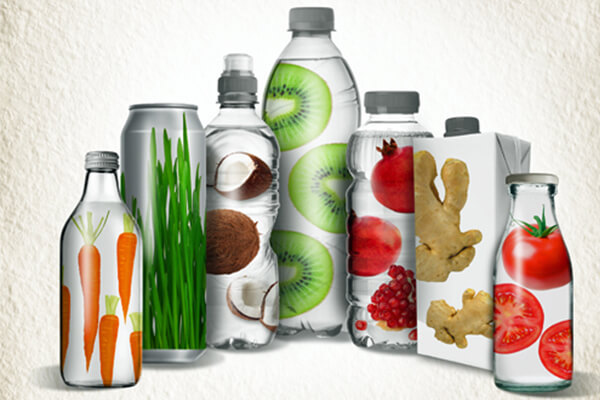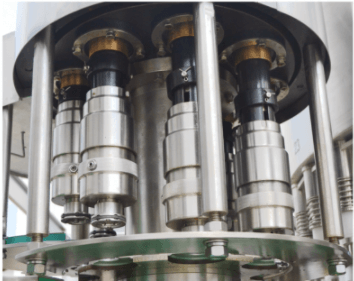Welcome to our website
Nowadays beverage filling methods have improved as beverage brands have pushed for new, innovative approaches to insure shelf stability of their product, and increase their competitive edge. Among these hot filling and tunnel pasteurization are widely used in automated fill lines and beverage filling machines.
Today we'd like to introduce each method and discuss the advantages and disadvantages of each.

1.Hot Filling
As we've mentioned How to Make Hot Juice Filling in the past, hot filling is a process of choice for many juices and beverages because it eliminates the need of preservatives and chemicals while maintaining the same level of shelf life and nutritional properties of the beverage. Hot Filling uses heat to pasteurize the product. The liquid is injected into a large vat where it is heated to a high temperature and held for a short amount of time. The liquid is then filled at a high enough temperature to sterilize the interior contents of the primary packaging. Hot Filling is often found in facilities filling PET bottles, but can also be used in glass bottles and cans. With consumers becoming more aware of potential harmful effects of preservatives, hot filling is now the obvious choice as the process is rather simple and less complex compared to it's alternatives.
Advantages
More cost effective than Tunnel Pasteurization
Allows beverages to potentially be labeled as “natural,” depending on other factors.
Produces consistent results.
Disadvantages
It cannot be used for carbonated products due to the excessive amount of foam created when introducing CO2 to a hot product.
Hot fill compatible PET bottles are more expensive.
2. Tunnel Pasteurization
Tunnel pasteurization is commonly used in aluminum can and glass bottle filling. It can be used for PET bottles, but it can be costly and ineffective at prolonging shelf life. Tunnel pasteurization uses multiple stages of heating a beverage and its packaging to target temperatures. Both are held for a predetermined amount of time to ensure microorganisms (micros) are killed.
Timing and temperature is calculated based on the number of required pasteurization units (PU). One PU defined as the micro death that occurs when the beverage is held at 60°C (140°F) for one minute. Here is a commonly used PU formula: PU = t × 1.393((T − 60)/T) where T = degrees in Celsius, t = the time in minutes at which the product is held at T.
Advantages
Beverages can potentially be labeled as “natural.” Additional requirements must be met.
Low level of micro risk.
Commonly used, increasing contract packer options for brands
Disadvantages
Limitations on the amount of CO2 that can be added to the product.
Can occasionally require additional equipment leading to additional expenses.
Can negatively affect flavor and cause product inconsistencies

In summary, there are many options, and considerations, when it comes to filling your beverage. It is best to consult with an knowledgeable expert to find a proper match for your product. Utech has over 20 years of experience helping our customers design and custom beverage filling machinery. If you have any questions, please feel free to contact us.